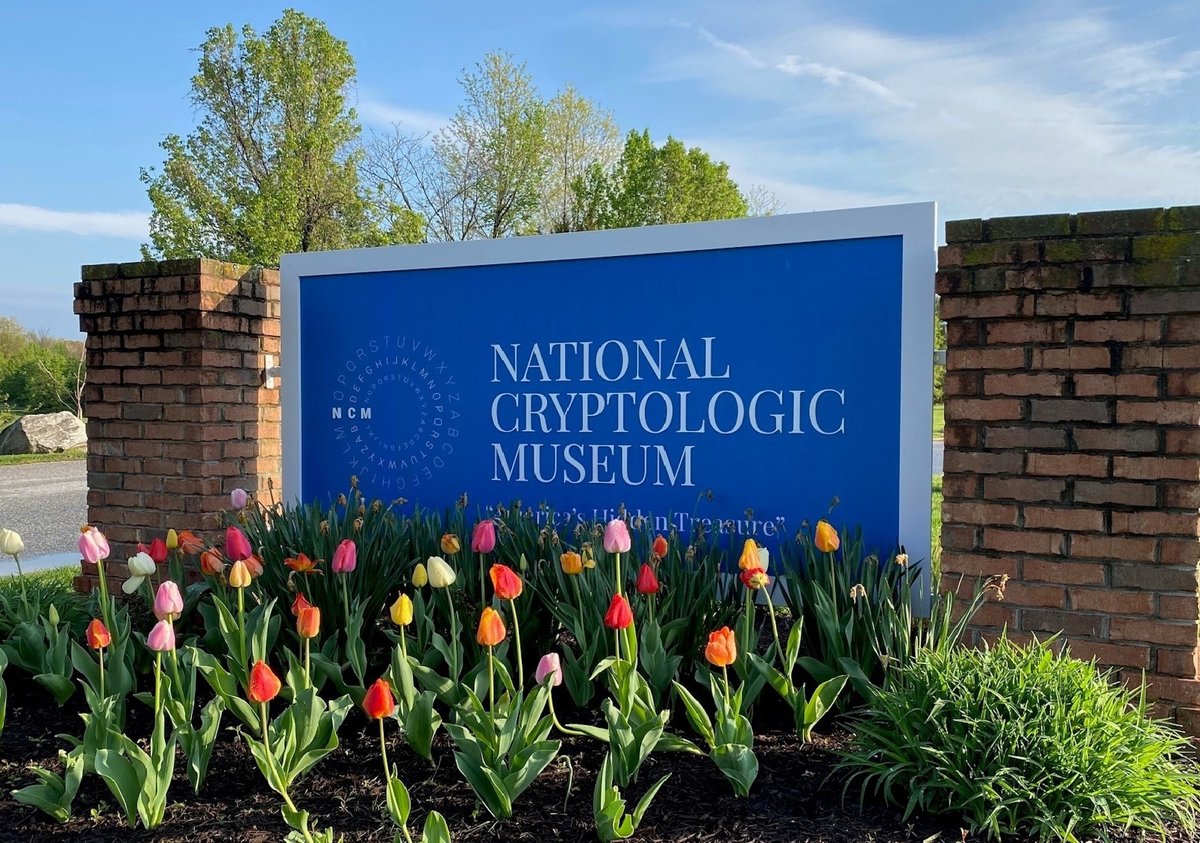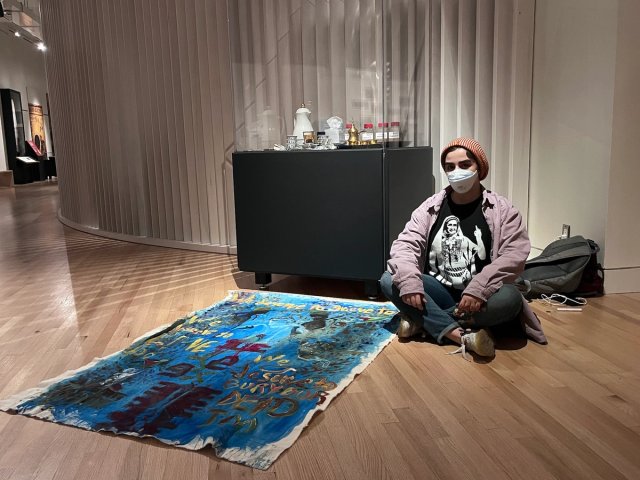Following public outcry last week, the National Cryptologic Museum in Annapolis Junction, Maryland acknowledge that it had made a “mistake” in covering several plaques and images honouring women and people of colour. In the preceding days, an image had circulated on social media of displays at the museum that had been covered with brown paper and tape.
“We are dedicated to presenting the public with historically accurate exhibits and we have corrected a mistake that covered an exhibit. We look forward to visitors exploring the museum and its rich history,” the museum’s response, posted on social media, reads in part.
The exhibit in question featured prominent women and people of colour who had worked at the National Security Agency (NSA), which obtains and analyses foreign intelligence, protects security systems and offers cybersecurity support to the military. The museum's decision to cover the displays seems to have been in direct response toUS president Donald Trump's recent executive order shutting down federal diversity, equity and inclusion (DEI) programmes, an NSA spokesperson told NPR.
The images and other items that were covered were part of an exhibit titled “Trailblazers in US Cryptologic History”, on display in the museum’s Hall of Honor. The hall was created in 1998 to “pay tribute to Americans and others who have given especially distinguished service to the United States in cryptology and its related fields”, according to the museum's website.
1/I understand legit debate re: #DEI & whether pendulum swung too far, too quickly.
— Mark S. Zaid (@MarkSZaidEsq) February 2, 2025
But what happened today at @NSAGov's @NatCryptoMuseum is unacceptable. Trump Admin new DEI policy disgraces cryptological historical trailblazers & icons in community.
See two covered areas? pic.twitter.com/wFLT0vtj74
Many former and current NSA workers were upset with the museum’s handling of the situation. The image of the concealed displays was reshared widely on X by people including the retired general Michael Hayden, among others. “Fellow NSA—National Security Agency veterans. Look at what’s happened at the National Cryptologic Museum. They covered up with brown paper the photos of Women in American Cryptology. All in response to President Trump's anti-diversity executive order,” Hayden wrote in a since-deleted social media post on 1 February.
Following the museum’s statement, others expressed dismay about its original response to Trump’s anti-DEI order. “As museum professionals we have ethical responsibilities to present information and interpretation accurately, and to be transparent to encourage trust in our institutions. This action and this ‘apology’ do nothing,” Benedict Frankish, a volunteer officer at the charity York Archaeology, wrote on X.
"There was absolutely never an intention to cover up parts of our history. As soon as we became aware [of it], we said, ‘Oh, that was not what was intended,’” NSA executive director Sheila Thomas , who is the third-highest ranking official at the agency, told NPR. She added that, given the number of executive orders issued by Trump’ administration since he took office, and the tight deadlines for compliance many of them stipulate, it has been “challenging” to keep up.
This incident at the National Cryptologic Museum underlines the challenging climate museums and their staff must now navigate, from the dismantling of DEI policies to freedom of speech issues. There have been a growing number of book bansand inscidents of artistic censorship in the US and beyond in recent years.
Survey results released by the Pen America Foundation last month and titled “The Censorship Horizon: A Survey of American Museum Directors” found that of the 95 people interviewed, 45% had felt pressured to not include display a work in an exhibition because “the art was considered potentially offensive or controversial”. The survey found that 41% of respondents felt that potential censorship could come from Republican officials. An overwhelming 90% of respondents said that their institutions did not have written policies on censorship.






